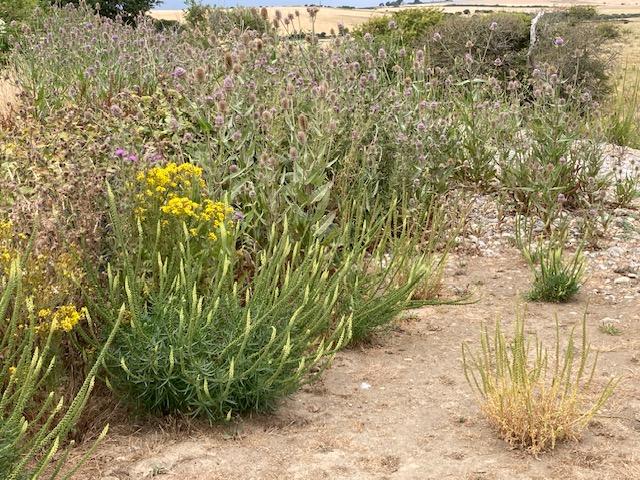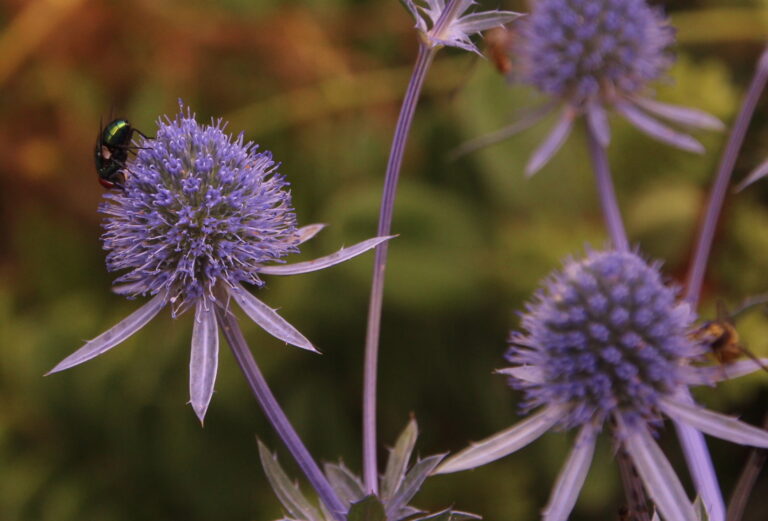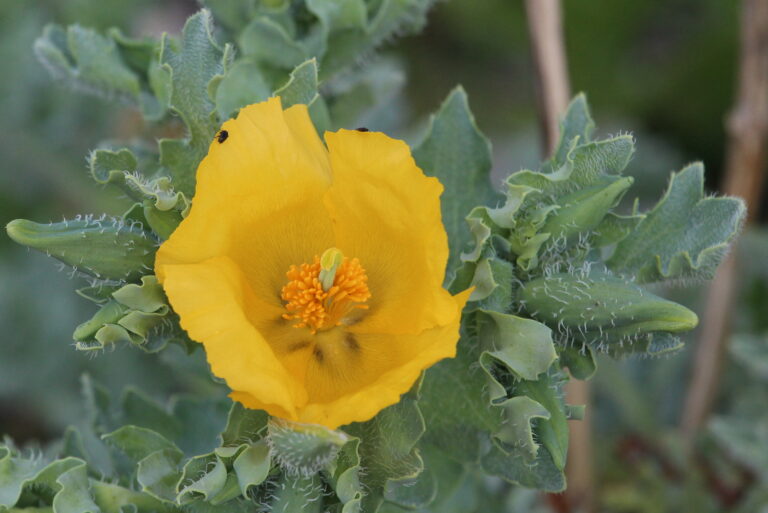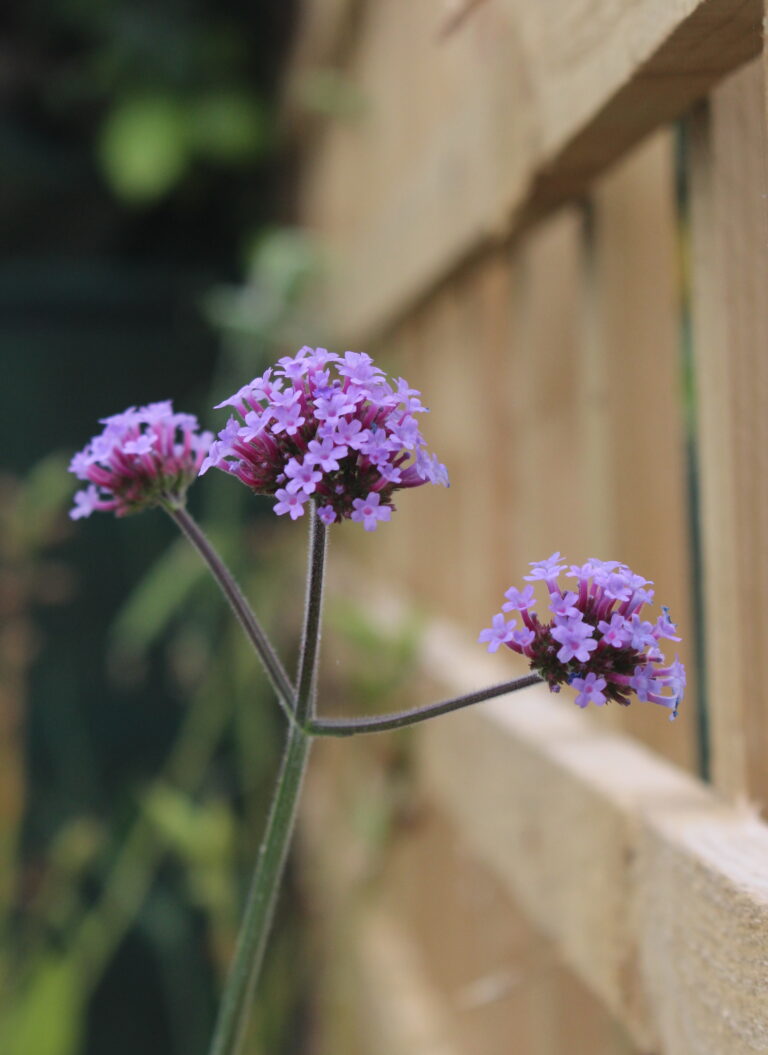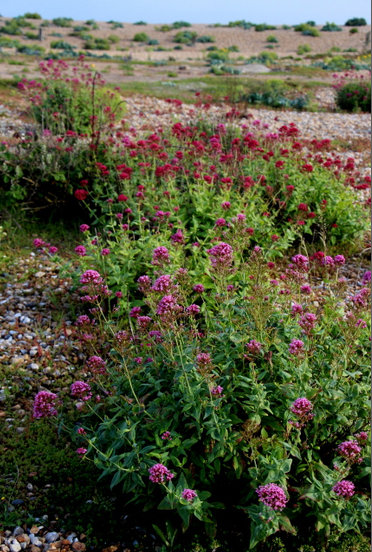Where can people see the plans for the new garden in the unmade road? How can we find out more information and ask questions?
Although we have everything ready to progress this project, crucial permissions from local and national authorities need to be requested and granted. This is a democratic process involving public consultation and without them, the project cannot proceed.
We have recently initiated the first stage.
Stage 1: Planning Permission: Plans for the garden were submitted to LDC in December 2022. As is customary, LDC put a notice on local posts and informed residents in the area of the development. Plans were available at LDC offices for inspection and online on their Planning Portal.
We did likewise, putting up notices and doing a door-to-door mailshot and talking to residents where possible. We also advertised on our website, at SEA Hub and on Social media outlets.
We advised of an Open Meeting that we held on 21 March in the Clinton Centre where we presented the plans and explained the why, what, where, how etc of the project for discussion. Previous to that we had written articles in Seaford Scene on both the development of the garden and the planting of the hedgerow.
All plans can be viewed on the LDC planning portal see application LW/22/0796
Decision is pending awaiting an ESCC road safety audit and feedback from other statutory authorities eg Police, Emergency Services – see above website
Stage 2: If planning permission is granted then the next stage is initiated: an order to change use of this designated private road.
This will be undertaken by Lewes District Council who will need to apply to the Department of Transport to ‘exclude the passage of vehicles and horses from the road’ i.e. a Stopping Up Order. This will not affect access to the Martello Field East, the Pump Field or the Pumping Station.
On receiving such an application the DoT will publish a draft Stopping Up Order and carry out public consultation before deciding whether to confirm the Order.
This will be a thorough investigation by the DOT before any final decision is made and is crucial to the whole project.
Hopefully this can allay the fears of some Seaford residents who want more opportunity for information and discussion.
Plans of the garden and details are also on our website:
Where will the funding come from?
We have been successful in gaining funding for the garden.
It has been awarded from various sources for very specific purposes: by the National Lottery Climate Action fund (though the South Downs National Park Authority OUSE VALLEY CLIMATE ACTION FUND) for the development and planting up of the 7 beds; from LDC Community Infrastructure Levy for the re-construction of the existing C2 cycle track and the meander path to include disabled access the length of the garden and finally from the UK Shared Prosperity Fund for the development of shingle areas, traffic bollards, notice boards etc.
Will the garden impact on the Martello fields or road existing verges of shrubs and wild flowers?
There will be no negative impact on the Martello Fields or existing road verges. The garden will reach from the Esplanade to just South of the wooden gate to the Pump Field. Access to both the Pump Field and the Martello Field East will remain unchanged. The existing verges either side of the unmade-up road will remain unchanged (as a statutory 0.5m strip must remain between the cycle path and the barrier fence) and on the other side we will retain the verge to prevent any slip of shingle down the slope into the Pump Field. Anxiety re the loss of this biodiversity are unfounded as they will remain unchanged.
Will a planted garden increase biodiversity in Seaford? How will it educate people about the loss of biodiversity and other challenges coming from climate change?
The planted garden will increase biodiversity only to a small extent. That isn’t its aim. It is predominantly an educational and demonstration garden showing how plants colonise hostile environments and form communities.
The seven beds will represent shingle and chalk communities of plants (all sourced locally), a further bed will show what features plants have to adapt to adverse conditions and finally beds will be created featuring native and non-native plants which will increase biodiversity by attracting pollinators, are food sources for insects, birds and small mammals. We have included non-native plants in the last bed to encourage Seaford gardeners living close to the sea to grow such plants in their gardens to withstand changing climate conditions and increase the biodiversity of the town.
Education and the garden: This is a garden about plants and how they colonise shingle and chalk, form soil and communities AND create food webs thus creating biodiversity. It then goes further addressing the wider issues of climate change.
We have consulted with educational and environmental experts and teachers and identified areas from school curricula and syllabuses – covering topics around climate change and loss of biodiversity. Many of these are not demonstrated by plants. This is where the three buoys come in: each will represent an Element: Earth, Air and Water and be information points weaving in topics like fossil fuels, human activities and rise in carbon dioxide in the atmosphere, transport, global warming, extreme weather events, flooding and drought, gradually making the complex connections between climate change and biodiversity and importantly what we can do about it.
Our information will be presented at three levels:
- Brief details of the most important features demonstrated
- QR codes leading to more in depth information relating to school syllabuses and for general interest
- Perhaps eventual worksheets devised in collaboration with schools.
In this way we hope that the garden will appeal to students, Seaford residents and tourists thus raising awareness to climate change issues. In addition we will ask for sponsorship (as at the Shoal) to raise awareness and commitment and also to commemorate the garden to our loved ones past and future. Above all it will be a garden bringing hope to younger generations who are bombarded daily by world-wide climate catastrophes – causing anxiety and hopelessness.
What challenges will you face with the planting?
Huge challenges! As you can see from the garden at Birling Gap! Bright glare, heat, salt winds and storms will show the resilience of plants. It will be a learning experience, will have failures and the garden (and our aspirations for it) will evolve. We have consulted widely with ecologists, Wakehurst/Kew, Dungeness Nature Reserve and with local biologists and gardeners and researched other similar coastal locations: Tide Mills, Cuckmere Haven, Dungeness, Seaford Head. We are going to need to work with the plants, observing carefully what works and what doesn’t.
SCP have also had 12 years experience of tending the Beach Garden (behind Frankies kiosk). In this equally exposed location the initial plantings failed and we adopted a strategy of growing local coastal plants, of collecting their seeds and welcoming those that just ‘blew in’ – beautiful ones like horned poppies, Sea kale, Valerian.
We also want to irrigate only to get plants established as a strategy, so drought tolerant, and encourage self seeding.. leaving seed heads for birds etc. So much we can try out. It won’t be a typical garden and that’s for sure, but at times of the year it will definitely be beautiful and hopefully always interesting.
How will the garden be maintained once completed?
This will be a Community Garden. It will be partly constructed and planted up by volunteers (as the Beach Garden was). Running costs will need to be kept to a minimum – so self-seeding, seed collection and propagation are all very important.
This volunteer involvement is important to strengthen commitment for the aims of the garden and the continued awareness of the issues. I hope (as mother, grandmother and ex teacher – but this has not been adopted as yet as our policy!) that families will sponsor plaques on the benches surrounding the buoys dedicated to their children and grandchildren – to make this a forward-looking garden ‘FOR OUR CHILDREN AND THEIR CHILDREN’. The next 20 years or so will be so crucial for our climate, affecting so many aspects of their lives.
In summary: WE KNOW WE CAN’T BE ALL THINGS TO ALL WO/MEN (!). OUR APPROACH IS DIFFERENT, BUT WE HOPE THIS PROJECT WILL COMPLEMENT ALL THE RENATURING WORK DONE BY GROUPS LIKE ON THE VERGE, SEA, Im SQUARED PROJECT, TREES FOR SEAFORD, LOCAL GREEN SPACES, WORK WITH AND IN SCHOOLS. WE ALSO ARE WORKING TO SUPPORT SEAFORD TOWN COUNCIL’S COMMITMENT TO CLIMATE EMERGENCY
WE ALL NEED TO REMEMBER WHAT A HUGE THREAT CLIMATE EMERGENCY IS TO OUR COMMUNITY AND EXPOSED COASTAL LOCATION
Note from editor – photos are stock photos for illustration only to show the the plants that currently thrive in the surrounding area and could be chosen for the garden planting plan.


